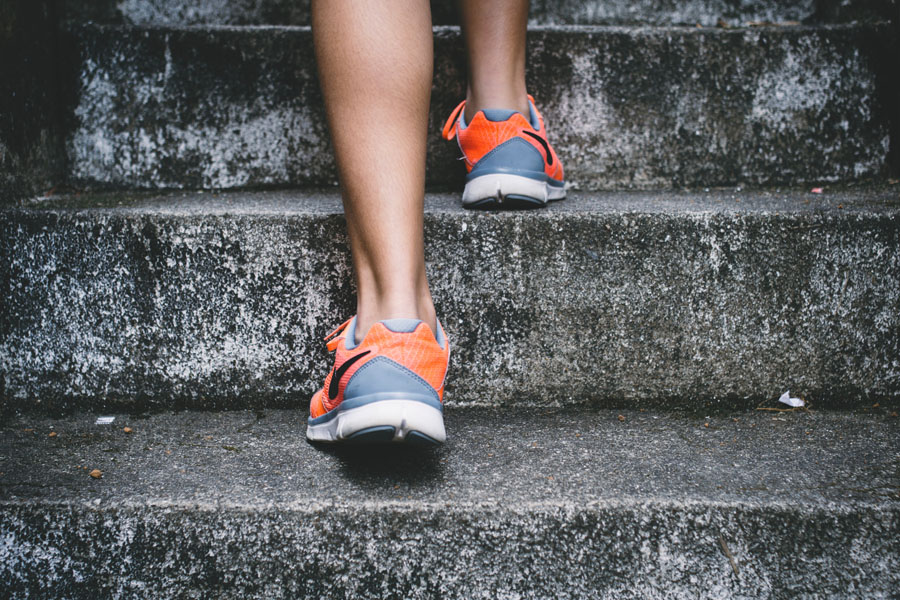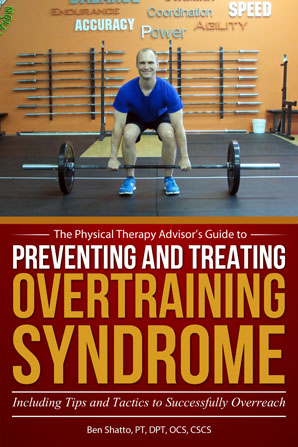By Dr. Matthew Crooks
Arthritis is a condition involving tenderness and swelling in your joints, and it’s often coupled with inflammation as well. With over 100 different types of arthritis, the two most common forms are Osteoarthritis (OA) and Rheumatoid Arthritis (RA). Both of these involve inflammation in the joints; however, learn how these conditions differ.
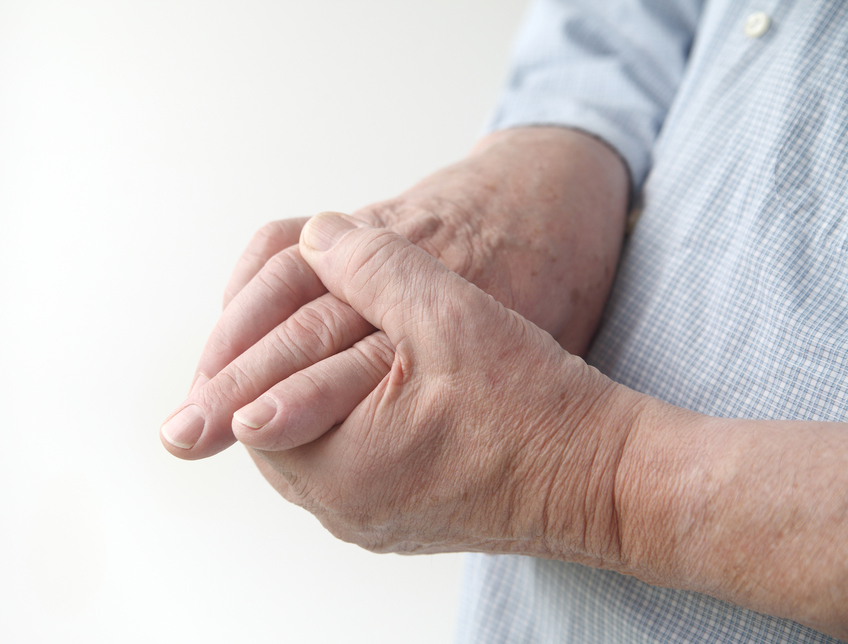
Breaking Down the Differences
The main differentiator between Osteoarthritis and Rheumatoid Arthritis is that RA is an autoimmune disorder while OA is a degenerative disease. Another major difference between the two is that RA is a type of polyarticular arthritis meaning that it affects multiple joints as well as different sides of the body. Osteoarthritis affects only a few joints and just one side of the body.
Autoimmune
An autoimmune disease is one that causes your body to think there is an issue in a particular area. As a result, it attacks and damages healthy tissue. In the case of RA, it causes your body to attack the tissue surrounding the affected joints. Your immune system will produce antibodies that will attach themselves to the joints. Your body will then attack these joints which then cause inflammation, swelling, and pain in the area.
Degenerative
Being a degenerative disease, OA is one that affects you as you begin to age as well as prolonged wear and tear on your joints. Over time, the protective cartilage that pads and protects the ends of your bones begins to wear down. As this cartilage begins to wear down, the bones within the joint will start to rub together, resulting in pain and stiffness.
Osteoarthritis Symptoms:
Pain and stiffness within the joints are the most common symptoms of Osteoarthritis. These two symptoms typically appear in the morning or after a period of rest.
Some other symptoms that you will notice with OA:
- A limited range of motion or stiffness that tends to go away after activity.
- Clicking or cracking sounds when bending a joint.
- Mild swelling in the joint area.
- Tenderness to touch.
- Pain in the joint that gets worse with activity and at the end of the day.
The most common areas that are affected are hands, fingers, knees, hips, and spine. Over time these symptoms will increase and build up rather than show up suddenly and out of nowhere. However, if the stressors that are causing the wearing and breaking down of the joint cartilage are continued, you may notice a sudden increase in the symptoms.
Rheumatoid Arthritis Symptoms:
Like Osteoarthritis and other forms of arthritis, pain and stiffness will be associated with Rheumatoid Arthritis. Besides this, RA will bring with it: swelling; tenderness; and more than one joint that is affected or the same joint on either side of the body is affected. Fatigue and loss of appetite can also be symptoms of RA.
Other areas of the body can also be affected when dealing with RA besides your joints. The prolonged inflammation that comes with the disease can cause the following:
- Dryness, pain, and redness in your eyes.
- Dry mouth.
- Gum irritation.
- Small lumps under your skin called rheumatoid nodules.
- Shortness of breath.
- Anemia.
Osteoarthritis Prognosis
The prognosis for those with Osteoarthritis will vary from person to person and case to case. There are some cases where patients will not be adversely affected much at all by OA while others are severely affected. The fact that it’s a degenerative disease carries the assumption that the condition will continue to get worse over time.
While this is the case with some patients, other times the disease tends to stabilize at a certain point. While some patients will eventually need to undergo some sort of joint replacement surgery, it’s rare for the condition to progress enough for this to be the recommended course of action.
Osteoarthritis is not a condition that can be reversed. However, it is a condition that can be treated. When experiencing symptoms of OA, limiting the activity in those joints and the amount of stress you put on them will help. The most effective strategies you can take are to maintain a healthy weight and exercise regularly.
Rheumatoid Arthritis Prognosis
In the past, Rheumatoid Arthritis carried a more negative prognosis than it does today. Typically, patients can now live a productive and healthy life while continuing to go to work, school and partake in social and physical activities.
Like most conditions though, the prognosis will vary from case to case. In some patients, the symptoms will go through periods of dormancy while others will experience chronic symptoms. In some severe cases, life expectancy can decrease but this is not as common.
Common prognoses associated with RA include: persistent joint inflammation; a decline in mobility/range of motion in the affected area; and pain and stiffness that does not improve with treatment.
Like OA, it can affect other areas of the body as well, outside of the joints. Some patients will experience psoriasis; heart disease; eye inflammation; osteoporosis; anemia; respiratory complications; and depression. Patients with RA will need constant medical care and should be in contact with their primary care physician as well as a rheumatologist regularly.
Treatment
While both of these conditions are chronic and neither can be cured, both are treatable. Treatment can make living with the disease more comfortable (and in some cases, normal).
Reducing inflammation is an important part of treatment. A doctor may suggest anti-inflammatory drugs which will also alleviate the pain and stiffness in the joint. Other forms of treatment are physical therapy or injections depending on your specific area of pain.
Increasing the mobility and range of motion in the affected area will help slow down the progression of the disease. It’s important to be in contact with your doctor if you are experiencing any of these symptoms. There are always options to improve your quality of life.
For more information on RA and OA, please refer to Q and A: Exercises Beneficial to Managing Rheumatoid Arthritis and 4 Key Strategies for Preventing and Treating Osteoarthritis.
 About Dr. Matthew Crooks
About Dr. Matthew Crooks
Dr. Matthew Crooks is a double board certified, fellowship trained interventional pain specialist. He has had the distinction of training with leading experts in pain medicine at two of the nation’s top hospitals, with extensive training in acute and chronic pain management, completing residency in Anesthesiology at Johns Hopkins Hospital. While at Johns Hopkins, he had the honor of being selected Chief Resident of the Department of Anesthesiology and Critical Care Medicine for the 2008-2009 year.
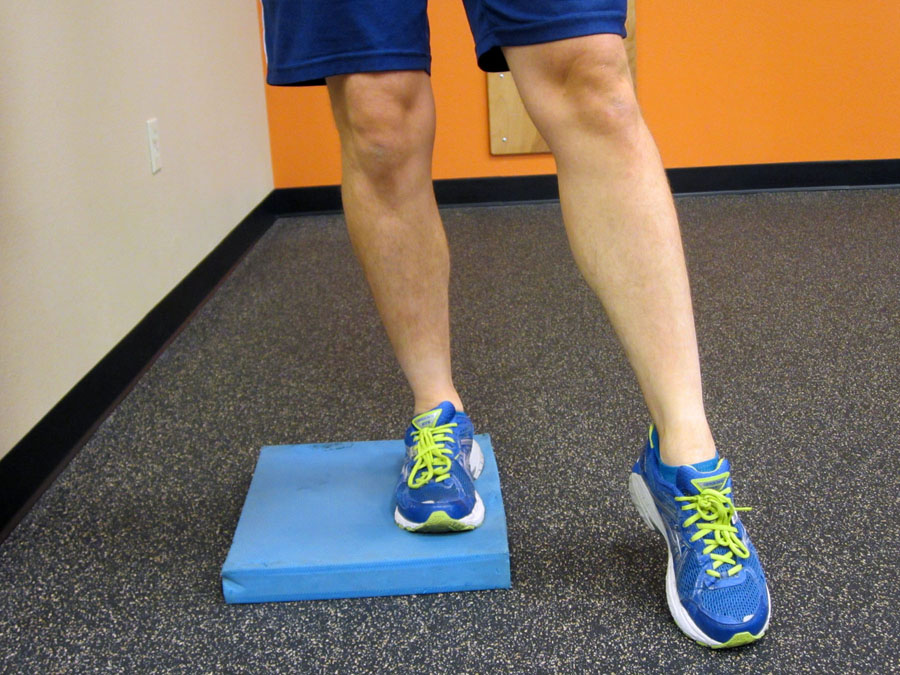

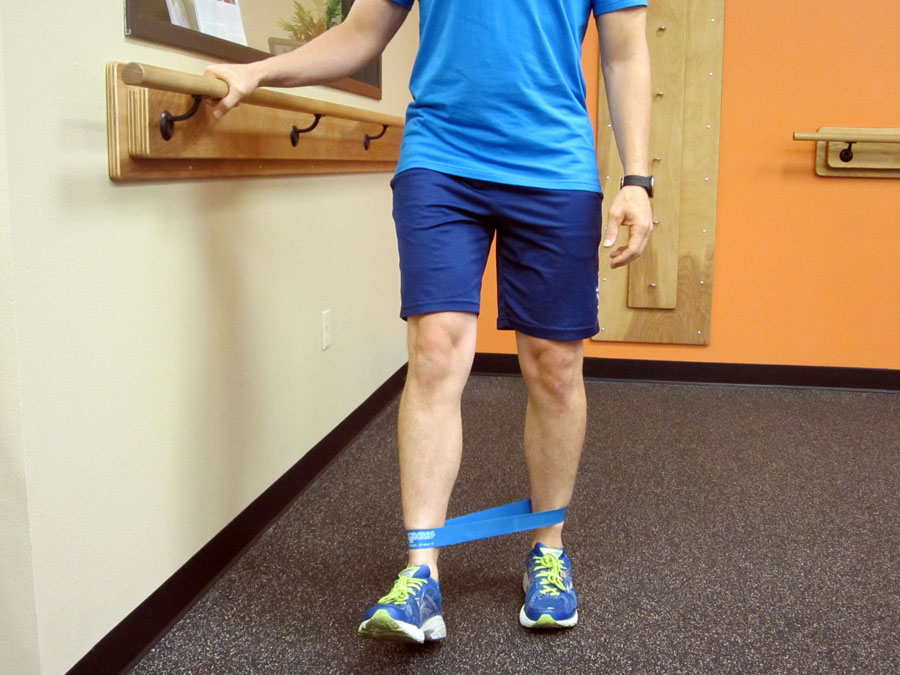
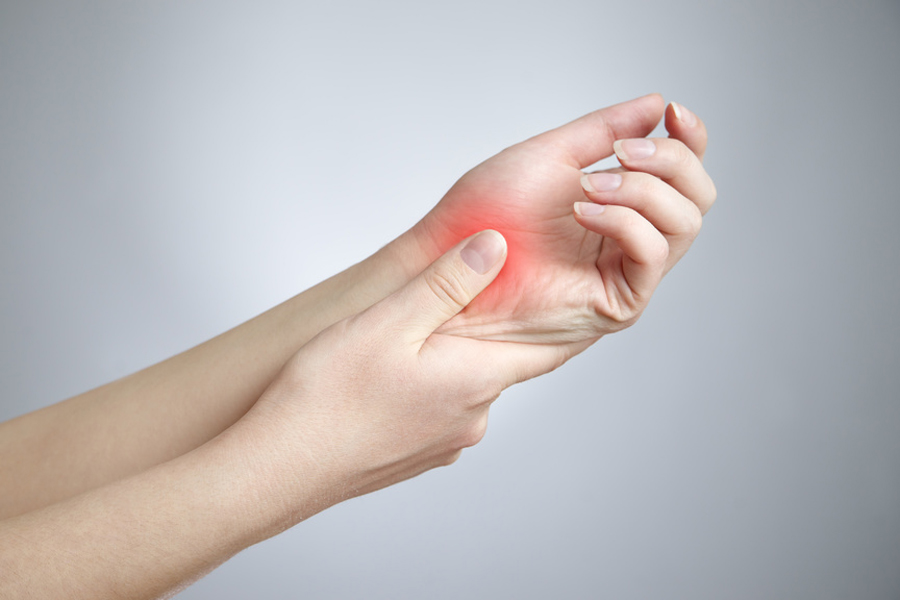
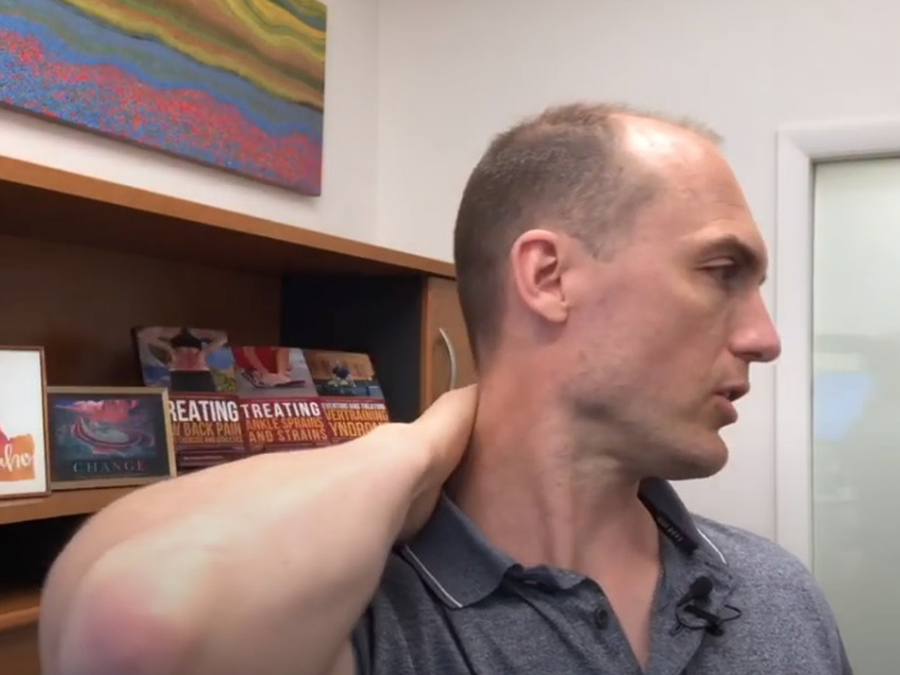

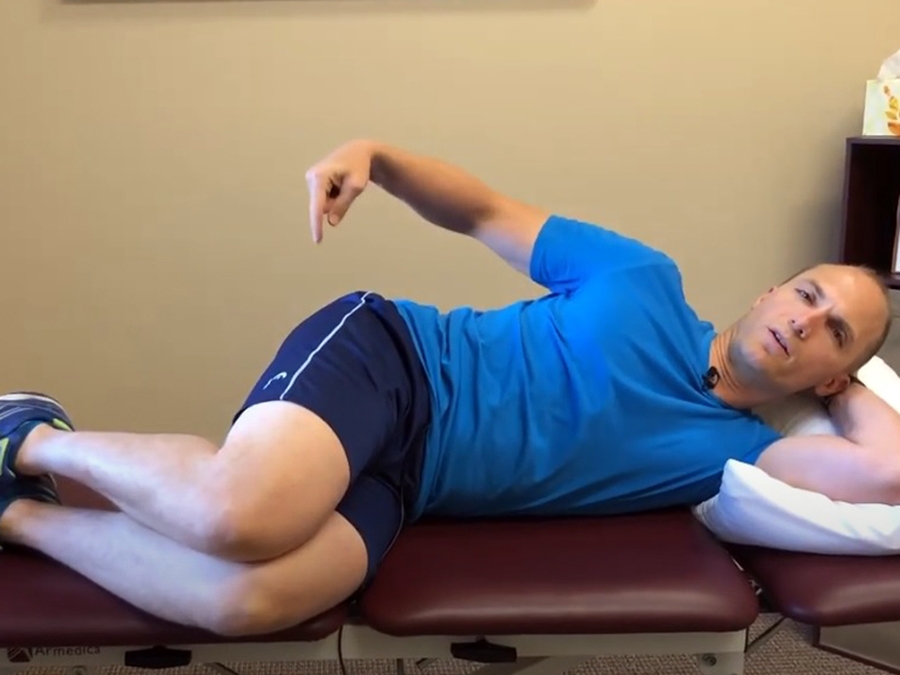
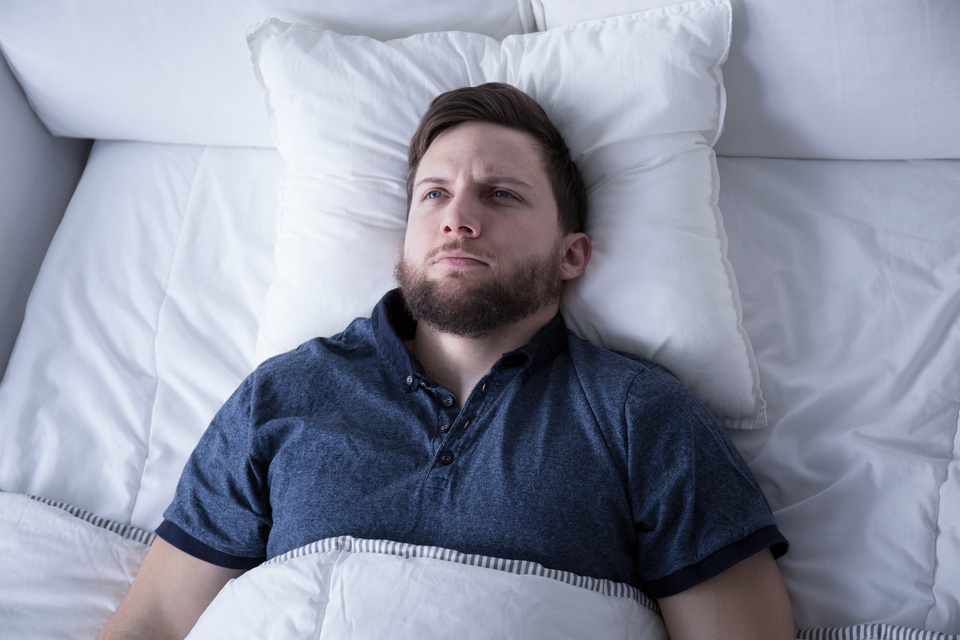
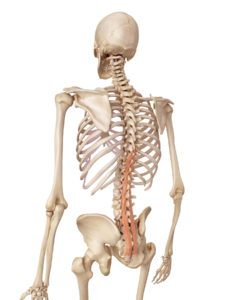
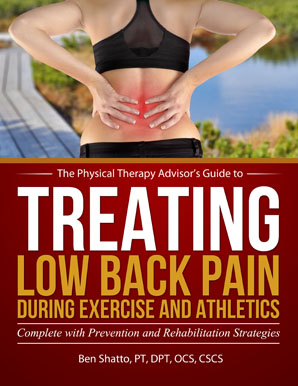

 About Dr. Matthew Crooks
About Dr. Matthew Crooks